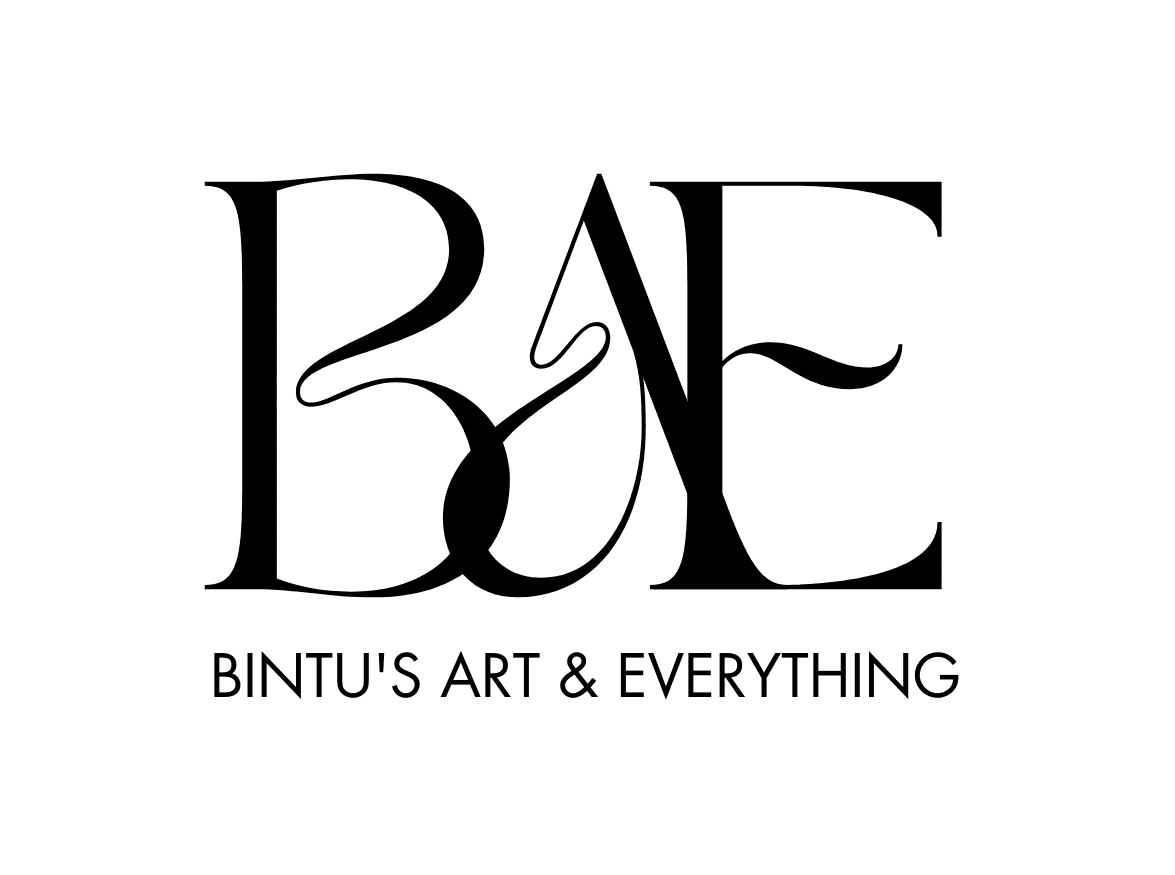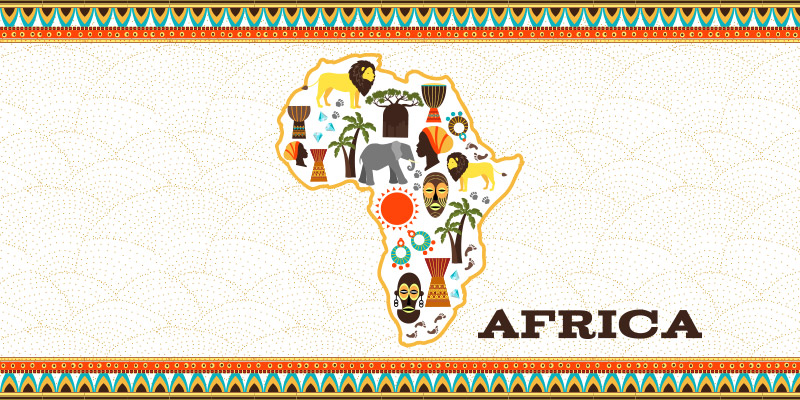The Psychology of Colour in African Branding: Harnessing Cultural Significance for Market Impact
Colors play a vital role in branding all over the world. They shape how consumers see a brand and influence their feelings. But in Africa, colours carry deep cultural meanings that can make or break a brand’s success. Understanding these meanings isn’t just helpful—it’s essential for creating a brand that truly connects.
When brands choose colours without considering local cultures, they risk missing the mark. Consumers are more likely to trust and stay loyal to brands that respect their traditions. So, using colour psychology wisely can give your brand a big edge in Africa’s diverse markets.
The Cultural Significance of Colour in Africa
Understanding Africa’s Rich Cultural Diversity and Its Impact on Colour Perception
Africa isn’t one country; it’s a continent full of many cultures, tribes, and languages. Each group sees colours differently based on their history and practices. For example, a colour seen as positive in one tribe might have a different meaning elsewhere. Brands need to know these differences well to succeed locally.
Traditional and Indigenous Uses of Colour
Colours have long played roles in ceremonies, art, and spiritual symbols across Africa. For some groups, colours are more than aesthetics—they tell stories and carry power. For instance, red in Zulu traditions symbolizes strength and courage. White often represents peace and spiritual connection in various customs.
Colour Symbolism Across Different African Regions
Regions have their own colour meanings. In West Africa, gold signifies wealth and power. In East Africa, green shows growth and fertility. North Africa often uses blue to symbolize protection and spirituality. Recognizing these regional differences helps brands craft messages that resonate.
Psychological Effects of Specific Colours in African Branding
Red: Power, Vitality, and Aggression
Red grabs attention. It’s used in sports gear, food packaging, and warning signs. But, in some cultures, red also means danger or anger. Brands must use red carefully to evoke energy or passion without crossing cultural lines.
Green: Growth, Prosperity, and Nature
Green appeals in Africa’s agriculture and health sectors. It symbolizes life, renewal, and nature. However, in some regions, green is also linked to specific political movements. Successful brands choose shades that reinforce their values and build trust.
Yellow and Gold: Wealth, Happiness, and Optimism
Yellow stands for cheerfulness and optimism. Gold is associated with riches and prosperity. Think of luxury brands or festive seasons; they often use these colours to radiate abundance. For example, some local jewelry brands use gold hues to emphasize quality and tradition.
Blue: Trust, Calm, and Spirituality
Blue fosters feelings of security and peace. Banks and tech firms frequently choose blue for logos. In North Africa, darker shades of blue are linked to spirituality, making them popular for religious or community brands.
Black, White, and Neutral Colours
Black can mean power or mourning depending on the context. White generally represents purity and peace; it’s common in spiritual rituals and weddings. Neutral tones balance brighter colours and help avoid cultural misunderstandings.
Integrating Cultural Insights into Effective Branding Strategies
Conducting Cultural Research and Market Segmentation
Before settling on a colour palette, research is key. Use surveys, focus groups, and interviews to understand local perceptions. For example, a brand looking to enter Nigeria might emphasize gold and green, connecting with local values of wealth and growth. This approach ensures your brand feels authentic.
Designing with Cultural Relevance
Align your colours with local stories and traditions. If you’re promoting an eco-friendly product in Africa, green should be your focus. But avoid colours that clash with cultural taboos—such as overly bright reds in areas where red is linked to mourning.
Leveraging Colour Psychology for Brand Differentiation
In competitive markets, colour can make your brand stand out. A local startup using blue can appear trustworthy and reliable. Meanwhile, a wellness brand might opt for green to symbolize health. Choosing the right shades helps reinforce your unique story.
Expert Perspectives and Market Data on Colour in African Branding
Insights from African Marketing Experts and Cultural Scholars
Many experts emphasize that understanding local colour meanings can boost brand loyalty. “Colour is more than decoration,” says Dr. Amina Diop, a cultural scholar. “It’s a language. When brands respect this language, they grow stronger connections.”
Analysis of Market Trends and Consumer Preferences
Data shows that African consumers prefer colours that mirror their cultural values. A survey in Kenya, for instance, found that 70% associate green with trust and growth. Meanwhile, global brands adopting local colour themes have gained rapid recognition—think of Coca-Cola’s vibrant red and white or local brands blending traditional hues.
Actionable Tips for Brands Looking to Optimize Their Colour Strategy
- Always research cultural meanings before choosing your colours.
- Use focus groups to test how your palette is perceived.
- Incorporate local symbols or motifs that complement your colours.
- Keep revisiting your colour choices as cultures evolve and new trends emerge.
Have you Read: How Content Creators Can Monetize Through Football: Strategies for Success
Conclusion
In Africa, colour isn’t just a visual tool—it’s a cultural language. Recognizing the psychology behind colours helps brands build authentic connections. When your brand respects local meanings and traditions, it earns trust and loyalty. Think beyond aesthetics—make colour a bridge to your audience. By understanding and applying these insights, your brand can stand out and truly resonate in the vibrant, diverse markets of Africa.






